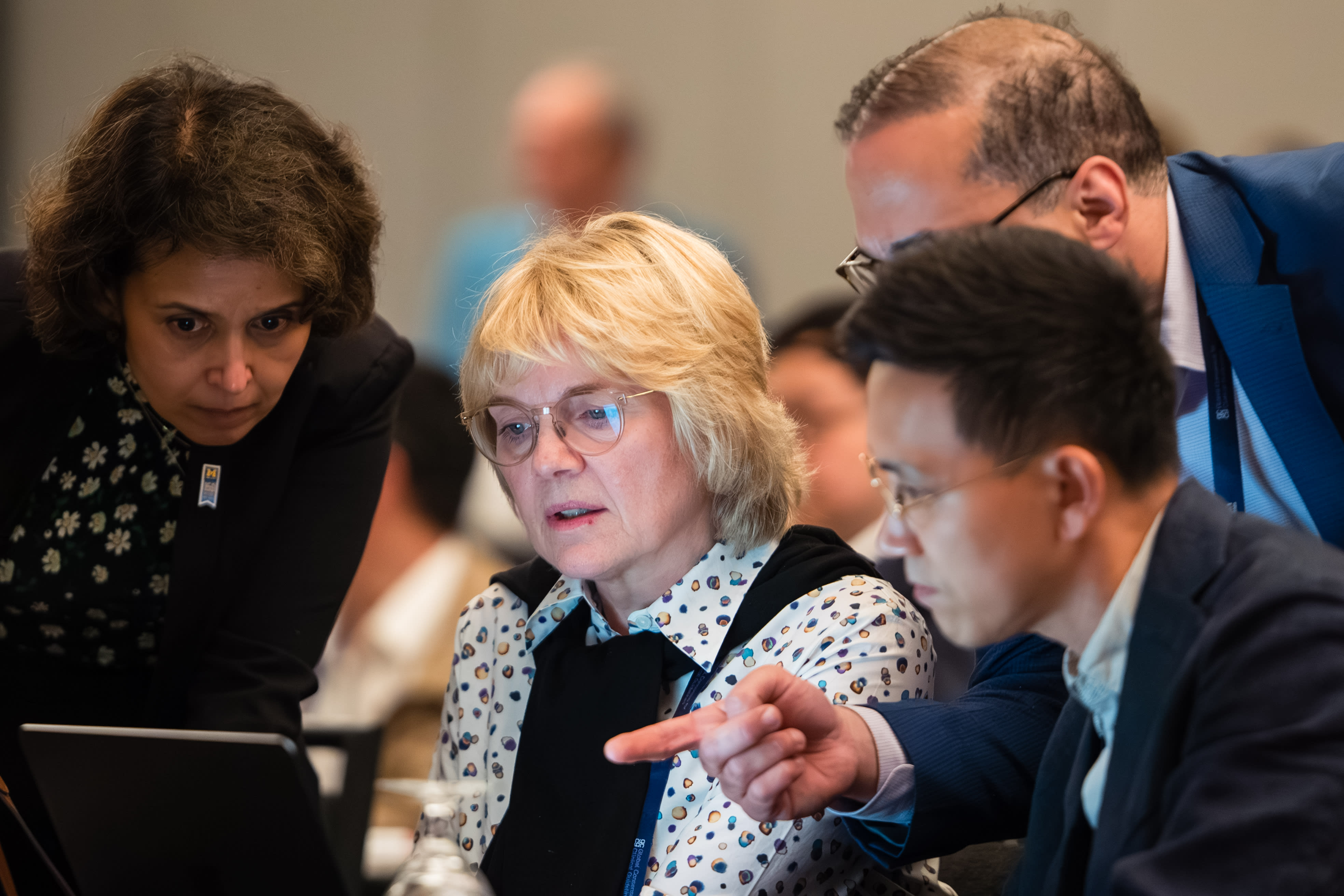Nearly 120 dental professionals and researchers from 27 countries gathered in Boston, Massachusetts, from June 16 to 18, 2025, to participate in the first Global Consensus for Clinical Guidelines (GCCG) meeting, which focused on the treatment of the edentulous maxilla. The event marked the launch of a new process aimed at developing globally applicable, evidence-informed clinical recommendations in implant dentistry.
The initiative aims to replace region-specific consensus statements with practical global guidelines that incorporate clinical experience, scientific evidence, and input from both patients and clinicians. The GCCG applied a structured consensus-building approach that included systematic literature reviews, a modified Delphi survey, and nominal group technique.
The treatment of the edentulous maxilla was selected as the initial focus due to its clinical complexity and variability in practice. Over three days of working sessions, four expert groups examined key questions including the optimal number of implants, timing of implant placement and loading, selection criteria for short, standard, or zygomatic implants, strategies for sinus grafting and ridge augmentation, and decision-making between fixed and removable prostheses.
The working groups were chaired by Gil Alcoforado and Nikos Donos; German Gallucci and Jörg Neugebauer; Christer Dahlin and Joseph Fiorellini; and Charlotte Stilwell and Ronald Jung.
“We started to ask clinicians about their real-life experience, which may not always align with scientific evidence but reflect established clinical practice — and from there, we evaluated these procedures based on the current evidence and developed recommendations that can be applied in any setting,” said Frank Schwarz, scientific leader and co-initiator of the initiative.
According to GCCG organizers, prior to the Boston meeting, the modified Delphi survey methodology was used to gather and analyze responses from clinicians, patients, and cross-disciplinary experts. Giulia Brunello and Franz Strauss led this process, working with Guo-Hao (Alex) Lin and Todd Schoenbaum to support the data collection and on-site facilitation.
The recommendations were developed during group discussions and then refined through a structured plenary process. After feedback from all participants, each set of recommendations was formally voted on. Consensus was defined as agreement by at least 75% of the participants. All voting outcomes were recorded in detail.
Ina B. Kopp, director of the Association of the Scientific Medical Societies’ Institute for Medical Knowledge-Management (AWMF-IMWi), served as the methodological adviser and moderator of the consensus process. “It was a great honor and pleasure to be invited and to have the opportunity to work with this group of experts from around the globe,” she said. “I am deeply impressed by their remarkable commitment to sharing expertise globally, helping to avoid duplication of efforts and potential contradictions in recommendations for better patient care.”
Ronald Jung, Steering Committee member and co-initiator, opened the meeting by stating: “Why are we here? To help more patients worldwide receive better, more predictable dental care — together, inclusively, and across all barriers. And because we love dentistry.”
On the final day, all four working groups presented their recommendations during the plenary session for final discussion and voting. According to the steering committee, the guidelines generated will serve as a clinical reference point for dental professionals managing complex full-arch cases in the maxilla.
“It is a dream come true,” said Hom-Lay Wang, scientific leader and co-initiator. “Over the past three days, we truly made history. This has been a long-standing dream of mine, and thanks to our team’s remarkable support and unwavering dedication, we turned it into reality. The insights and recommendations produced here will undoubtedly have a lasting impact on the field of implant dentistry.”
According to GCCG organizers, the project was jointly organized by the European Association for Osseointegration, the International Team for Implantology, and the Osteology Foundation, with funding and structural support provided by these organizations. Partner societies including the Chinese Stomatological Association, Japanese Society of Oral Implantology, Korean Academy of Oral and Maxillofacial Implantology, Oral Reconstruction Foundation, Osseointegration Society of India, and the Brazilian Society of Periodontology contributed regional expertise and will support dissemination of the final recommendations.
The complete guidelines on the treatment of the edentulous maxilla — along with systematic reviews and survey data — will be published in Clinical Oral Implants Research later this year.
Frank Schwarz summarized the event’s purpose and next steps: “We want to give something back to the community, and what I personally want to see is that we collectively use these guidelines for the sake of the patient.”
More information is available at gccg.online.



